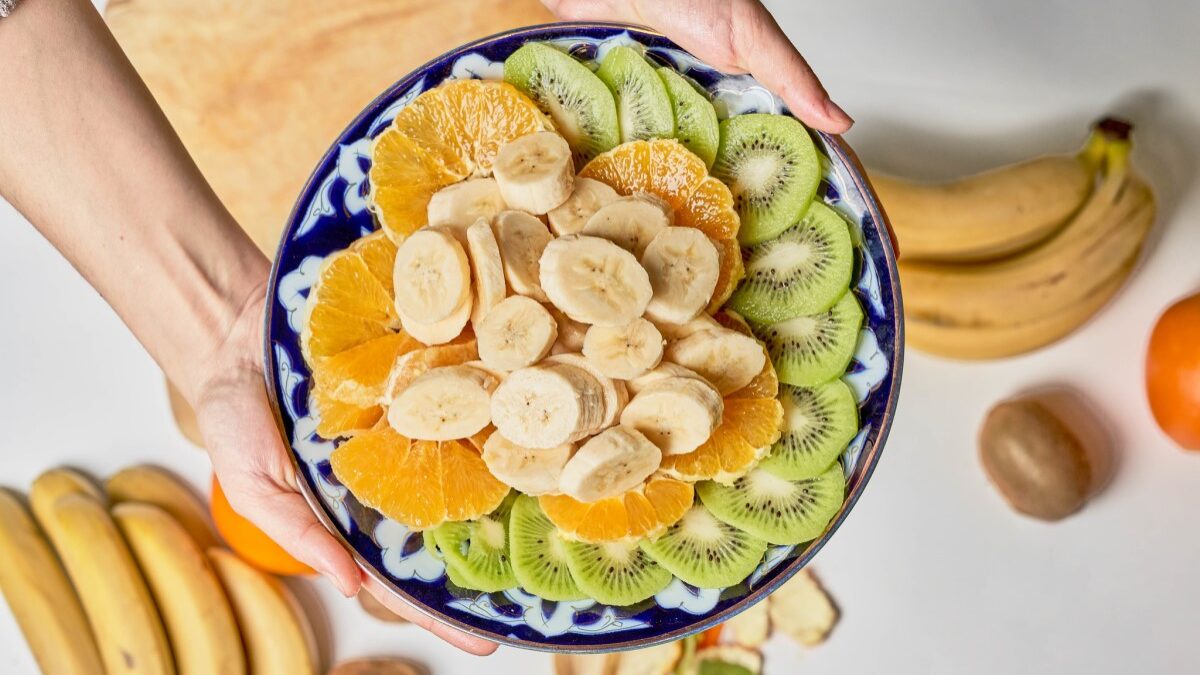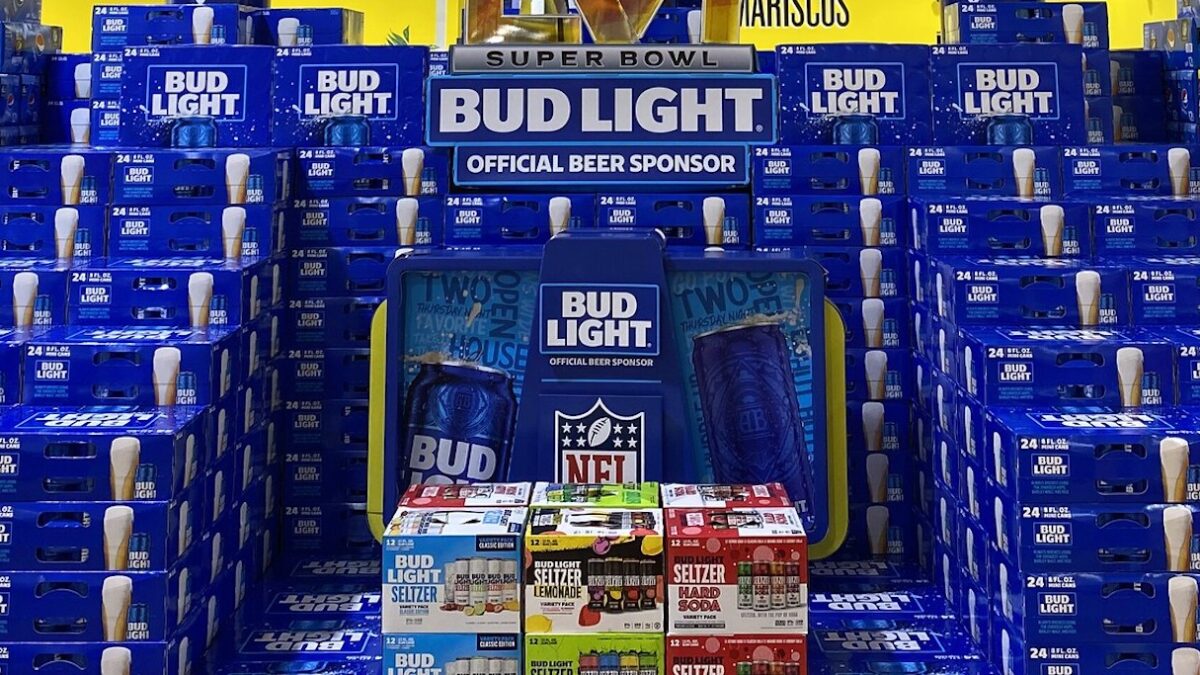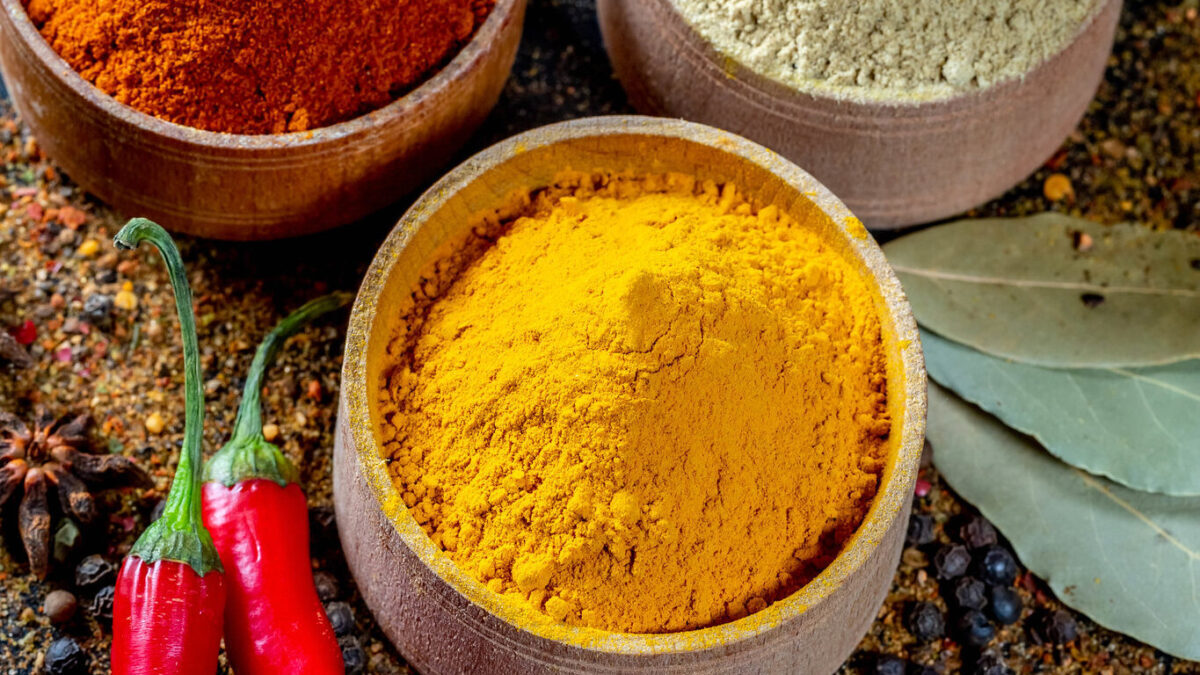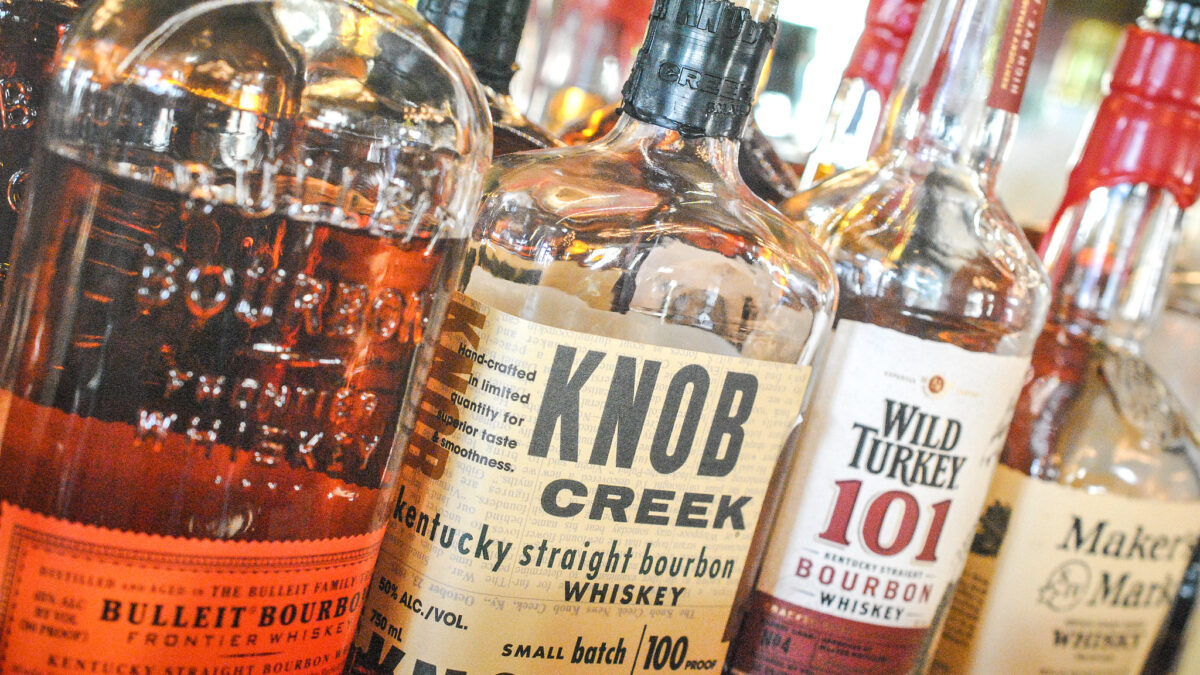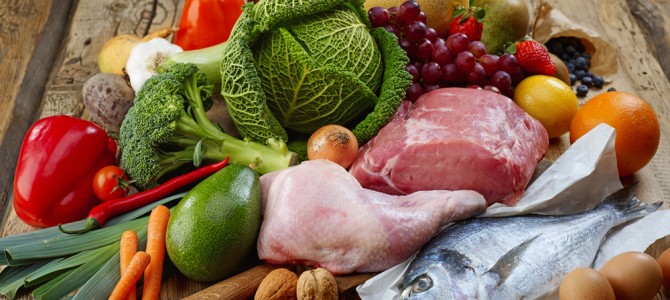
Remember when Atkins was all the rage? It was all meat, no carbs. Then it was rumored that Dr. Atkins died of a heart attack. He actually died from a fall, though he did have a chronic heart weakness. Yet everyone heard the news and drove to Panera Bread like their lives depended on it (hello, bread bowl!).
Then along came this new craze called Paleo, and it seemed like Atkins on steroids. Paleo, for those who have been living under a rock, embraces the general concept that we should eat the same things our ancestors ate, shunning processed and homogenized foods and consuming food in it’s purest form. Or as Paleo Mom writes more specifically:
“The Paleo diet is a nutrient-dense whole foods diet based on eating a variety of quality meat, seafood, eggs, vegetables, fruits, nuts, and seeds. It improves health by providing balanced and complete nutrition while avoiding most processed and refined foods and empty calories.”
Sounds yummy, eh?
Paleo’s Popularity Soars
Paleo’s online popularity peaked between 2013-2014, according to Google Trends. People flocked to it like children to a candy store. It all sounded so cool, so hipster, so Crossfit-hot, baby. What’s more attractive than munching on a steak salad and washing it down with a big óle Camelbak of H2O? It’s so down-with-the-establishment, so progressive in its ancient appeal. When someone offers you a sandwhich you shake your head with disdain: I eat Paleo. We don’t need no tortilla wraps, people, and definitely no loaves of Focaccia, we just eat meat and veggies, old school like our ancestors. Boom.
As with many diet trends (though Paleo lovers would prefer you call it a “lifestyle”), and much like its cousin Atkins, over time Paleo started to get some heat. What about energy? What about wine? What about “healthy” ancient grains like quinoa? Indeed, when a girlfriend and I embarked on our first Paleo test-run last year she proclaimed, “I never thought I’d put a Snickers bar in a category with black beans.” Legumes are a no-no on Paleo.
After I laughed, I cried. Forget a sugary candy bar. Oh black beans, let’s get back together.
Still, I lost some weight and felt more clear-headed than I had in awhile. After birthing four babies in six years, God knows I needed to, but it was a hard lifestyle to maintain. Not only at home, where the kids ask for carbohydrates in some form from the time they open their eyes to the time they go to sleep. Going out was difficult too. I couldn’t even eat at Chipotle with all their modern, processed rice and beans.
On Paleo you’re eating the simplest of all entrees — a meat and a veggie — or a big, fancy salad sans fun stuff like candied pecans or blue cheese. It requires discipline and planning, two things I lacked while trying to balance work and life along with all my minions. I sloughed off Paleo and fell back to carbs like a lover to his mistress. It was easy. It felt good. Could it be love?
The Healing Power of Paleo
It turned out my body had other plans. I’d known for a few years that I had something called Hypothyroidism, where my body lacks the sufficient amount of thyroid hormone. The main purpose of the thyroid gland is to operate the metabolism. With insufficient thyroid, I felt constantly cold, exhausted — even after sleeping 10 hours at night — and couldn’t shake the last few pounds of my last pregnancy despite counting calories and exercising daily. As my symptoms persisted, I saw a holistic M.D. who ran additional tests and discovered I had Hashimoto’s Hypothyroid, the autoimmune form of the disease.
The cure? There isn’t one. Yippee, skippy.
But there is something close. With lifestyle changes in diet, exercise, sleep, and supplements, I could finally feel close someone with a normal functioning thyroid. I felt rested, healthy, and energetic. Guess what diet she prescribed? Paleo.
Granted, she said I could have a few grains here and there, some rice or quinoa if I felt I needed an energy boost, but it was essentially Paleo. I pouted and may have thrown an adult version of a toddler’s hissy fit, but as I researched I discovered she was right. Going Paleo was going to be the only way to get my life back.
Consuming gluten, especially to someone with an autoimmune disease, is like adding fuel to a fire. As Chris Kesser, best-selling author and creator of one of the top 25 natural health sites in the world, explains:
The molecular structure of gliadin, the protein portion of gluten, closely resembles that of the thyroid gland. When gliadin breaches the protective barrier of the gut, and enters the bloodstream, the immune system tags it for destruction. These antibodies to gliadin also cause the body to attack thyroid tissue. This means if you have AITD [autoimmune thyroid disease] and you eat foods containing gluten, your immune system will attack your thyroid.
A Paleo lifestyle can be particularly effective for people with autoimmune diseases, because much of the foods consumed reduce inflammation and are thus conducive to healing. The best-selling cookbook author and writer of the blog Against All Grain has Ulcerative Colitis, an autoimmune disease, and has adapted a more general, loose form of Paleo that allows for minimal grains into her lifestyle (she has at times followed Paleo and a Specific Carbohydrate Diet).
Living Practical Paleo
I read and implemented The Paleo Approach for a few months. The diet is a specific, strict program meant to determine which foods inflame your body. Basically it’s Paleo on steroids. For nearly 3 months, in addition to eating the Paleo way, I removed eggs, coffee, and nuts. It was hell. I almost died. Yet when I recovered from the four-day long caffeine withdrawal, and started eating whole, unprocessed, foods, I slowly regained energy and mental clarity. As my body became less inflamed I began losing weight. After the trial period, I began to eat eggs again, with little trouble, but I still cannot stomach coffee well, to my utter dismay. I’ve been amazed at how well my body communicates what it can tolerate once I began to slowly re-introduce questionable foods into my diet.
Of course it’s still a difficult plan to follow, and I definitely cheat. Many Paleo fanatics will disagree with me, but I tend to follow the 80/20 rule: Eat well 80 percent of the time, and splurge the other 20 percent. I love ice cream and eat it, although most times it’s hardly worth it because I feel ill afterwards. Occasionally I can eat gluten or drink a glass of wine with little trouble.
Skeptics and critics of Paleo will cry, “But you only live once! What about enjoying _____?”
While I can understand that sentiment, eating bread, sugar, and dairy wasn’t worth it for me, even in the moment, because it affected my overall health so terribly. I’d rather eat in a disciplined way and feel better instead of living in the moment, eating whatever I want but feeling tired, sluggish and ill.
All in all, Paleo is worth it — even though it requires discipline and planning. Plus it’s what the cavemen did! How hipster.


